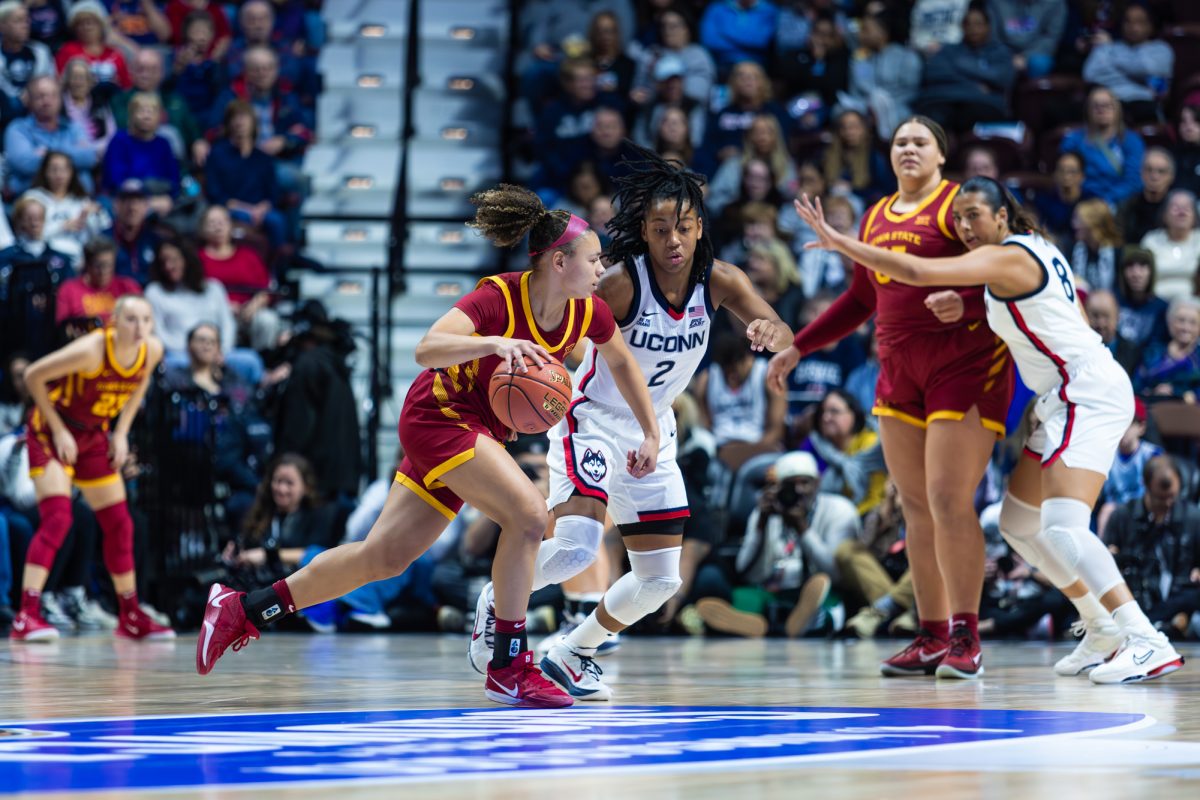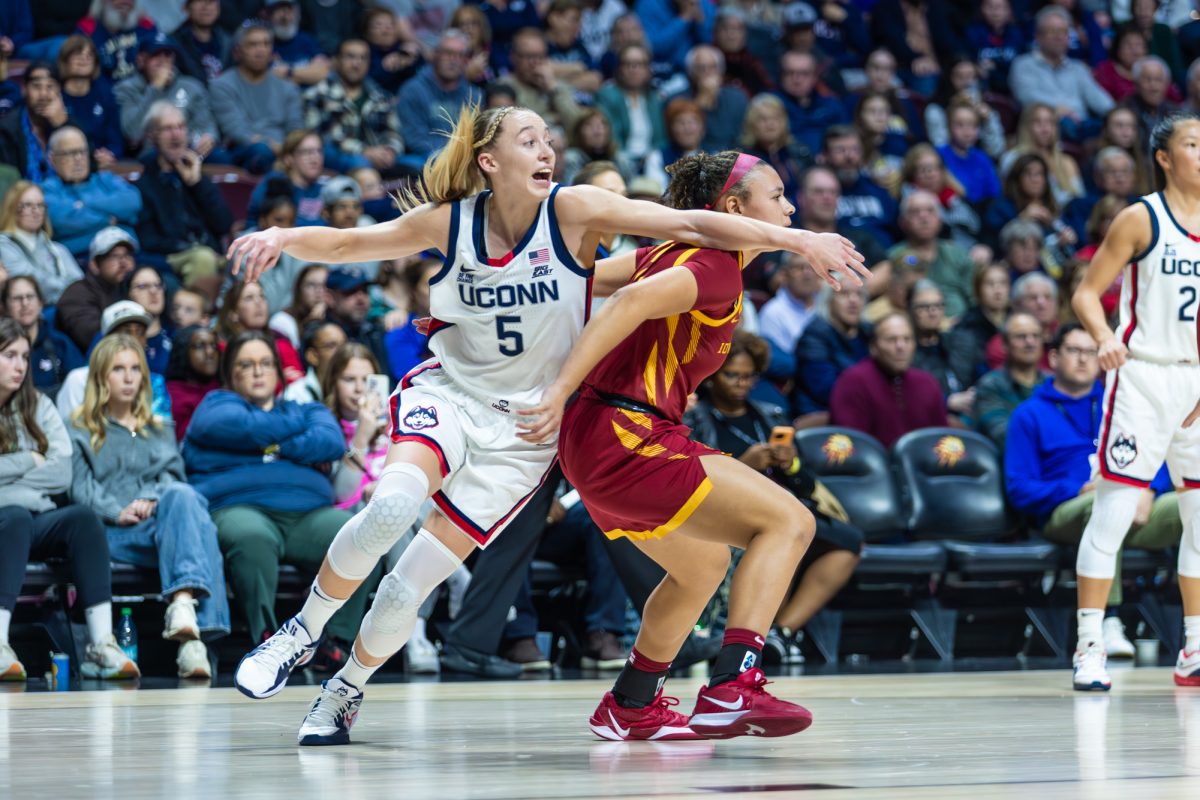Polar extinction
September 12, 2007
It seems as though signing with Coca-Cola didn’t do as much for polar bear/human relations as previously thought.
Earlier this year, the U.S. Fish and Wildlife Service proposed adding polar bears to the threatened species list under the Endangered Species Act. The data the FWS used in creating the proposal is to be analyzed by the U.S. Geological Survey, which has already released a preliminary series of reports on various issues relating to habitat encroachment and polar bear population status.
Brent Danielson, professor of ecology, evolution and organismal biology, said that in other places where the top predator was removed from the food chain, the impact trickles down – often causing unexpected reactions.
“They don’t have any other competitors,” Danielson said. “There’s nothing to prey upon what they are preying upon.”
Nobody really sees the potential impacts coming, and it’s hard to predict the exact impact on the arctic ecosystem, Danielson said.
“Whenever you take a system that’s working and remove a large part of it, there are bound to be unexpected results,” Danielson said.
While the birth and death of a species is a natural process, polar bears aren’t dying due to acts of nature. Instead, they’re being directly affected by humans, and their eventual extinction will be an extension of that, said William Clark, professor of ecology, evolution and organismal biology.
While some of the bears may be able to adapt behaviorally to rapid climate change, there is simply not enough time for physical adaptations to take place.
“If we were thrown on the moon what would we do, adapt? No, we wouldn’t – we would die quickly,” Danielson said.
Clark said it was possible that the polar bears could adapt their hunting habits to accommodate the receding sea ice.
“The could probably hunt caribou calves on the north slope of Alaska,” Clark said.
Polar bears, who are more adapted to hunting in the ocean, would be competing with grizzly bears and wolves. Polar bears have broad paws that are more suited for swimming, while grizzly bears have more compact paws suited for running on land, Clark said. They can reach high speeds on land, but they really couldn’t compete with the specialized hunting abilities of the grizzly bears.
“Seals are their main food item, they are basically a marine mammal,” Clark said.
The seals are able to live in cracks in the ice and out at sea and, while they may occasionally use ice floes, they don’t necessarily depend on large ice sheets to survive, so the receding of the sea ice doesn’t cause them to be drawn closer to the shores. Some of the polar bears are having to swim hundreds of miles in search of food, Clark said.
Every year near Halloween, in places like Churchill, Manitoba, the polar bears congregate on the shore and wait for the sea ice to melt. They can dig up clams and catch a few birds to eat and then, as the ice forms, they head out toward their main source of food.
“I think it’s pretty clear that the bears will basically starve to death,” Clark said.
Now that the bears are having to wait longer on the shore, there has been a substantial increase in the number of conflicts between polar bears and people.
“We exacerbate the problem – ultimately, to protect the safety of the public, the bears are being killed,” Clark said.
Global warming has become fairly obvious through its impacts on flora and fauna, Clark said. But this is a direct connection between human behavior and the effects on a large part of an ecosystem, he said.
“Our influence on the planet as human beings is becoming more and more clear – here’s just an example of a big, obvious species that’s going to be gone,” Clark said.
Some people disagree with the idea of global warming and, since polar bears are so far away, most people don’t think about it having an effect on their lives.
“These are the people that deny global warming and say ‘I like my car, I’m going to keep driving it,'” Clark said.






